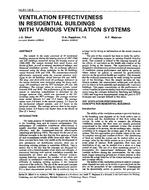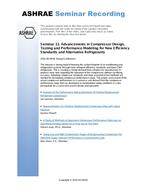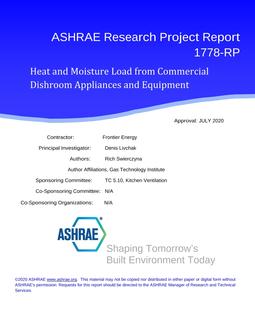A common practice in residential construction is retrofitting above-grade walls with foam insulation to reduce heating demand. Structures in sub-arctic environments typically have an air/vapor retarder on the interior framing surface, therefore the addition of relatively water vapor impermeable exterior foam insulation on the exterior has the potential to significantly reduce the drying ability of wall systems. The reduced drying ability is problematic if the retrofit does not adequately prevent condensation within the wall framing. These retrofits may induce mold growth, thereby increasing susceptibility to indoor air quality problems and reduced service life of retrofitted structures.
To investigate the likelihood of this retrofit strategy causing moisture accumulation in wood-framed structures in sub-arctic environments, nine nominal four ft (1.2 m) by eight ft (2.4 m) test wall sections were constructed using varying ratios of stud-fill fibrous insulation and foam insulation exterior to the wall sheathing. The use of a polyethylene air/vapor retarder varied; each test wall with an air/vapor retarder had unsealed penetrations common to past construction practices. The wall sections were tested in Fairbanks, Alaska over two winters under varying interior relative humidity and air pressure conditions and were monitored for temperature, relative humidity, and wood moisture content.
Test walls with less than approximately 68% of the nominal wall R-value on the exterior performed poorly in terms of wood framing moisture content and relative humidity at the sheathing interior surface. Wall systems without a polyethylene air/vapor retarder had widespread visible mold growth at the end of the two-year empirical test. Wall systems with a polyethylene air/vapor retarder tended to have lower humidity at the sheathing surface and visible mold growth only near penetrations in the air/vapor retarder, but had higher wood moisture contents well into the summer drying season. Moisture accumulation and mold were largely absent from test wall sections that had 68% or more of the total wall R-valuem on the exterior, regardless of whether an interior air/vapor retarder was present.
Citation: Cold Climate Conference, 2012
Product Details
- Published:
- 2012
- Number of Pages:
- 8
- File Size:
- 1 file , 4.9 MB
- Product Code(s):
- D-CCC12-1


